The Chinese Dwarf Hamster: An Introduction
- Em

- May 8, 2020
- 4 min read
I know what many of you are likely already thinking; ”how does she not know that Chinese hamsters aren’t actually dwarf hamsters?” however, it would be you who is wrong. The Chinese dwarf hamster is perhaps, technically speaking, the only ‘true’ dwarf hamster of our domesticated species – the Phodopus species are not officially classed as dwarf hamsters (the Chinese hamsters, on the other hand, are). Instead, the Phodopus species are scientifically referred to as just ‘small’ – pet owners just refer to them as dwarf.
But the disagreements on the Chinese hamster don’t end there. The Chinese hamster we keep as a pet is often said to be Cricetulus griseus – however, others claim it is C. barabensis griseus, others say they’re C. barabensis I am inclined to believe it to be C. barabensis griseus or C. barabensis, on the basis that there is no taxonomy record on Cricetulus griseus in existence. it would seem that C. griseus is a shortened nickname for C. barabensis griseus and the true name of the species got lost along the way in the hamster community. Some studies also use the terms C. barabensis griseus and C. barabensis interchangeably, so whether these individuals are the exact same hamster or not is also a little cloudy. There are multiple subspeces of C. barabensis, so that is perhaps an indicator as to why studies use these terms interchangeably. But regardless, even if different subspecies, the differences are next to non-existent anyway (there may be some, but they at least don't appear to be notable to the extent that they would require drastically different care standards).
So, let me introduce you to the Chinese dwarf hamster (Cricetulus barabensis griseus), a long-bodied hamster that weighs an average of 30-50g and measures at a length of 9-12cm. The agouti (or ‘wild type’, pictured) Chinese hamster is a brown coloured animal, oftentimes even appearing to be more of a very dark grey-brown, with white underside and dark dorsal stripe. However, they are also available in a couple other varieties in the pet trade: dominant spot, and black eyed white.

(google images)
The Chinese hamster is perhaps one of the most unique of the five domesticated species in the sense that they have both hairless paws and a longer, semi-prehensile tail making them much more skilful, graceful climbers. Their skilled climbing ability is suspected to be in relation to foraging for food, but scientific literature on why exactly the Chinese hamsters are more skilful climbers is incredibly lacking and this is simply an educated guess. The Chinese hamster has also been observed climbing and nesting in walls of brick farm houses, so it may also be an ability they have developed to nest higher above ground if needed (but do not interpret this as Chinese hamsters needed little substrate: they are very avid burrowers. I have kept all five domesticated species, and my Chinese hamster was thee most avid burrower out of them all in my experience.). Due to their more skilled climbing ability, you may provide them with appropriate climbing opportunities in captivity (e.g. secured rock/brick stacks, grapevine, cork tunnels/branches, etc) in addition to ample substrate for burrowing.
The agouti Chinese hamster has a brown, almost grey-brown, coat which may be a reflection of their preferred habitat being grasslands and farmlands. However, the Chinese hamster has also been observed in more desert/steppe regions, and so should also be provided with an appropriate sized sand area in captivity. (30x40cm minimum, but larger may be appreciated).
The Chinese hamster has been described as a ‘habitat generalist’ and has been found in various types of habitat including desert areas, grasslands, and farmlands. They seem to be most prevalent in farmlands, as they are often described as being a pest to farmers.
Additional Scientific Literature on the Natural Habitat of the Chinese Hamster:
Unlike the paws of the Phodopus species, and like the paws of the Syrian hamster, the paws of the Chinese hamster are practically hairless. Additionally, unlike both the Phodopus species and the Syrian hamsters, they also have a longer tail (about 1” in length) that has been described as semi-prehensile. Both of these traits make them much more skilful, graceful climbers than the other four domesticated species. However, they are not designed to climb unstable ropes, or swinging hanging toys so please be careful when providing them with climbing opportunities – while they are more skilled at climbing than other hamster species, they are not as skilled as rats or mice. Any climbing opportunities provided must be stable i.e. grapevines, cork branches, rock stacks, etc. Hanging toys that dangle and swing are not appropriate enrichment for any of the 5 domesticated species – and this includes the Chinese hamster.
Social Behaviour of the Chinese Hamster:
The Chinese hamster is quoted as living a solitary lifestyle in the wild, with females especially having heightened levels of aggression towards each other. While there are some reports of C. barabensis males in the wild showing lower levels of aggression, and even living together peacefully with other males, eventually they go their own ways and dominance battles can turn ugly faster than you can blink. Because of this, they should be considered strictly solitary in captivity and should not be group housed.
As a pet, the Chinese hamster is often a very timid hamster species: this is a trait of the species, and is not necessarily a reflection of how tame they are or how they are raised. They frequently avoid human contact, however can be very sweet hamsters. They are typically very docile, and easy to handle – but if you want an outgoing hamster, the Chinese hamster may not be the best choice.
Click images to swipe through, pause, and read.



















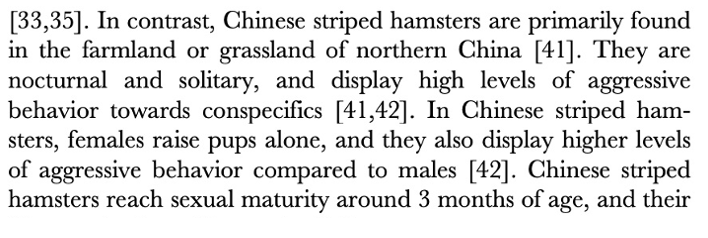


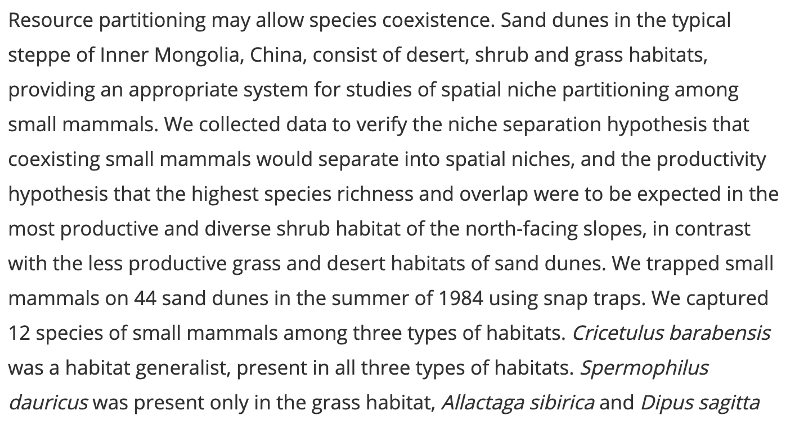

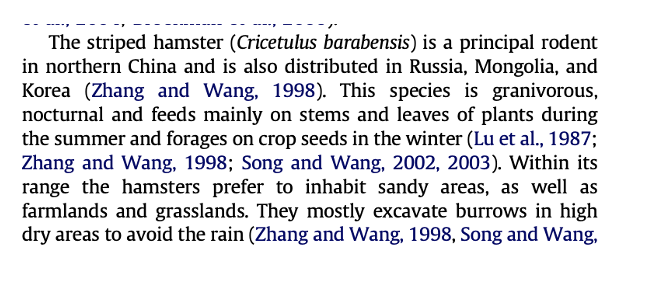

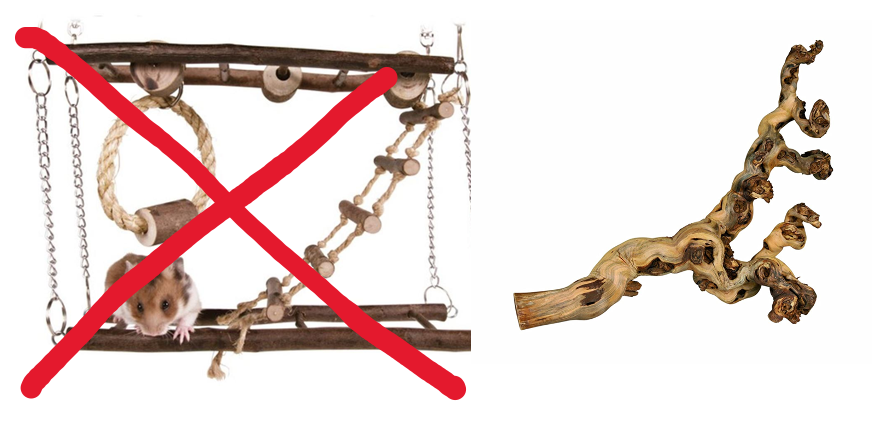



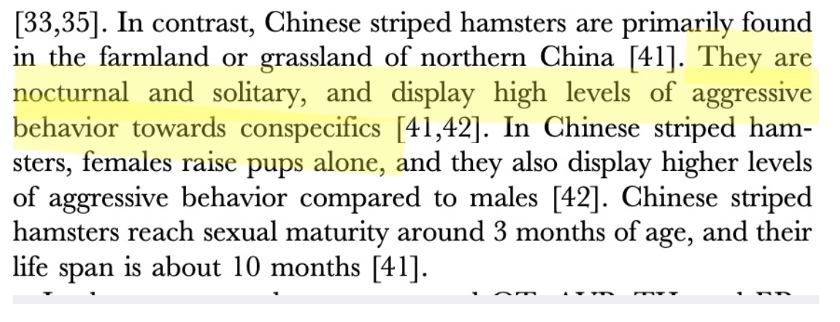



Comments